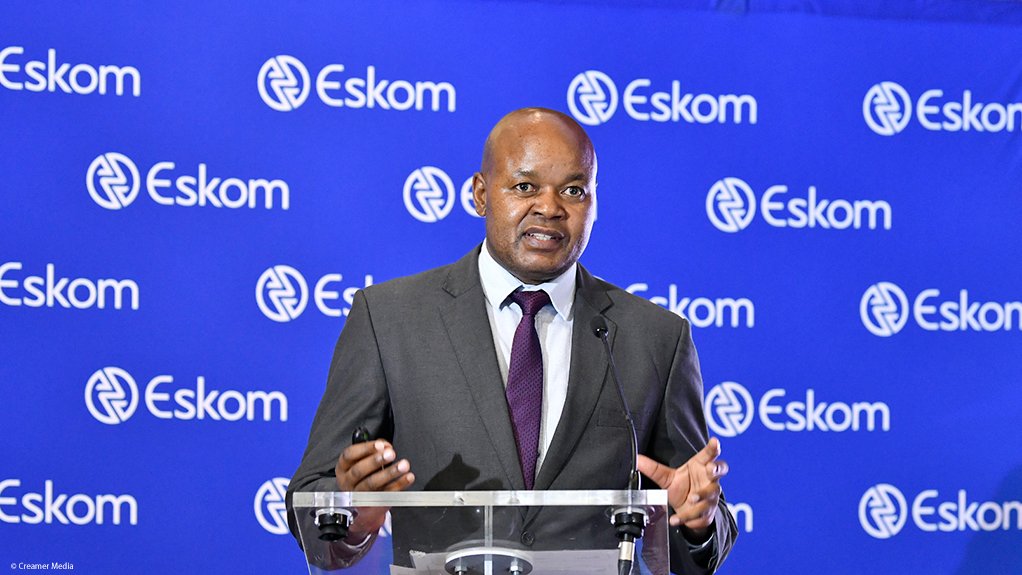The Eskom board has given its approval for the continued operation of the Camden, Grootvlei and Hendrina power stations to 2030 – a departure from the original decommissioning schedule that has reportedly been endorsed by Cabinet.
In response to a question posed by Engineering News during an update on the Energy Action Plan, head of generation Bheki Nxumalo said: “We have just recently received board approval to run three of our stations – that is Hendrina, Grootvlei and Camden – up until 2030.”
Under the original plan, the power stations were scheduled to be retired between 2023 and 2027, following Komati’s retirement.
The last of Komati’s nine units, with a capacity to produce 121 MW, was shut in October 2022, leading to criticism that the decision had contributed to loadshedding and that it had not been closed with either sufficient consultation or with compensatory measures to soften the socioeconomic losses for surrounding communities.
Nxumalo added that the extension had been granted in the interest of “ensuring the grid is stabilised” and to cater for the introduction of additional capacity before finalising new decommissioning dates.
“At least now we have created the space where we will keep this plant maintained up until 2030 and the actual [decommissioning date] we will communicated closer to the [time],” he said.
The board decision, Nxumalo added, had followed consultations with the Department of Mineral Resources and Energy and there was “no contradiction” between the board decision and the current policy framework within which the power stations were operating.
Electricity Minister Kgosientsho Ramokgopa added that the decision to delay the decommissioning of the power stations had been approved by Cabinet.
“The board has given them the green light and they [the Eskom executives] will do an assessment on what constitutes the future prospects of these units to continue to generate,” Ramokgopa said.
He added that the costs and emission impacts would be modelled and new timelines would be communicated “at the right time”.
The Minister added that government had committed itself to base its future decisions on the electricity supply on a “nexus” of four considerations, namely energy access, energy security, environmental sustainability and socioeconomic impact.
On the point of energy security he said it would be illogical to close power stations in a context where there was a supply deficit.
“There is something incoherent about that particular argument and, of course, we have put it to bed.
“What we need is [for those power stations] to continue to give us those megawatts so that we can sustain the South African economy.”
It is uncertain what the decision will mean for South Africa’s decarbonisation commitments or the $11.5-billion in pledges made in support of the Just Energy Transition Investment Plan.
Bloomberg reported recently that South Africa would provide an update to the Climate Investment Funds (CIF) in June outlining an intention to close the Camden, Grootvlei and Hendrina power plants between 2027 and 2030, instead of a prior schedule of 2023 to 2027.
It also reported that, in order to meet a yearly emission-reduction target of 50-million to 71-million tons of carbon dioxide equivalent required for ongoing CIF funding, the Presidency was in talks with Eskom about closing a number of units at other power plants.
EMAIL THIS ARTICLE SAVE THIS ARTICLE ARTICLE ENQUIRY
To subscribe email subscriptions@creamermedia.co.za or click here
To advertise email advertising@creamermedia.co.za or click here











